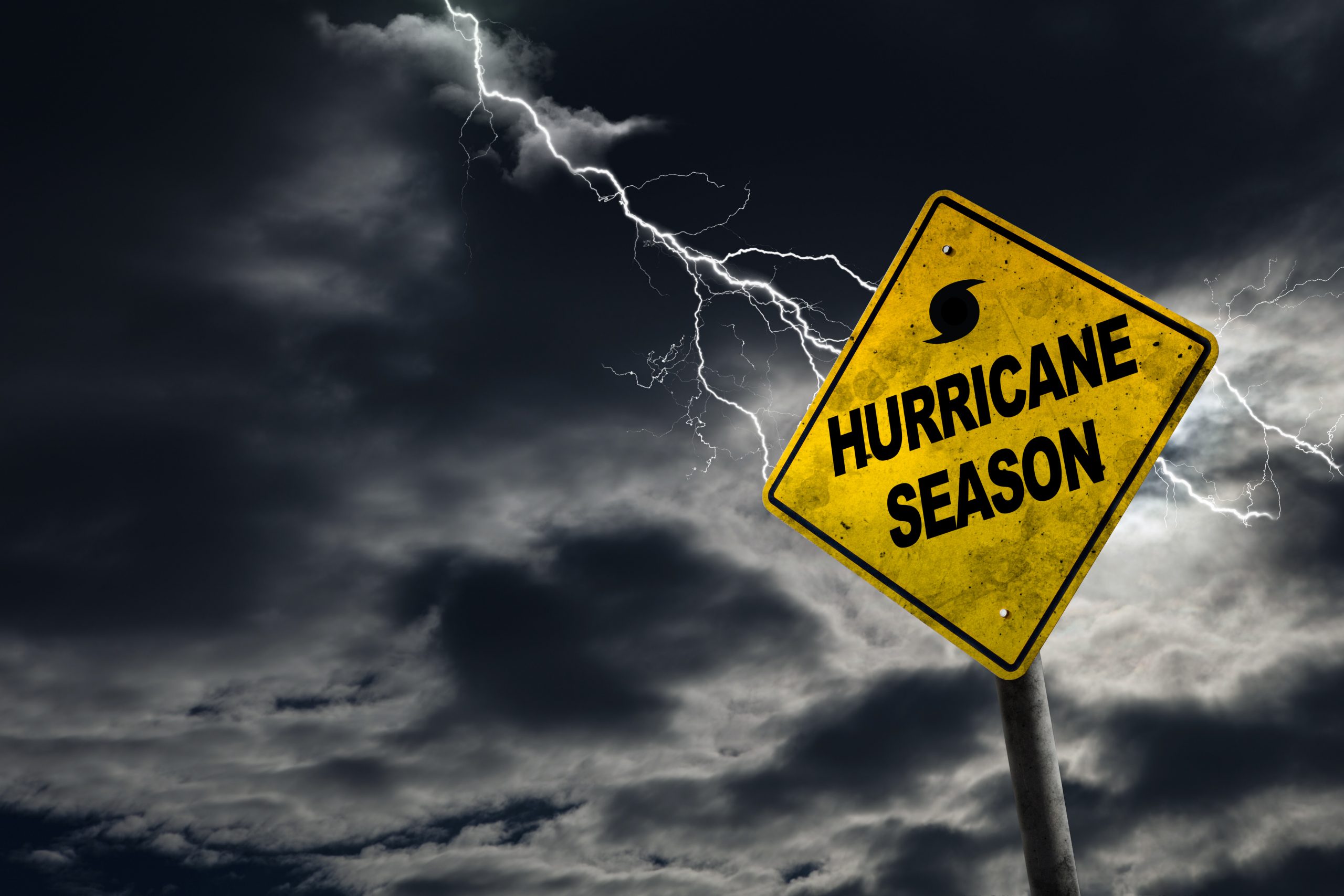After active hurricane seasons in both 2020 and 2021, the National Oceanic and Atmospheric Administration (NOAA) is yet again predicting an “above-average” 2022 hurricane season. This year NOAA predicts 14 to 21 named storms, including three to six major hurricanes. The official Atlantic hurricane season runs June 1 to Nov. 30, but hurricanes and severe storms can form before or after.
What Does this Mean for Propane Marketers?
A severe storm can disrupt operations for even the most prepared propane marketers. Downed trees can cause blocked roads and driveways, supply chain delays can cause fuel shortages, and power outages inevitably lead to increased demand for propane to serve standby generators.
How Can Tank Monitors Help?
While tank monitors will help you improve delivery efficiency and increase your team’s capacity (especially important considerations during hurricane season), they can also help you in less obvious ways. Here are three tank monitoring strategies you can use to make this year’s challenges a lot less stressful.
1. Pinpoint the Exact Level of Fuel in Generator Tanks
Servicing customers with propane generators is a top priority every hurricane season. With NOAA predicting up to 21 major storms this year, more people will be reliant on generators to power their homes and appliances when the grid goes down.
Aside from the often-unreliable local outage report from utilities, the only way to determine whether customers are experiencing a power outage is by calling or going door-to-door. However, propane generator tanks only contain a week’s worth of fuel, so both of these methods are likely to result in run-outs.
Instead of sending a truck to top off every generator customer after a storm (inefficient), or gambling that every generator has enough fuel to weather the next storm (risky), use monitors to pinpoint the exact level of fuel left in these tanks. Set an alert to notify you when the generator tank level drops rapidly or moves below a fixed threshold.
2. Manage Your Inventory
Picture this scenario: a hurricane hits your area. Anxious customers are frantically calling your office, telling you their tanks are almost out of gas and they need a delivery ASAP. To make matters worse, flooding has caused a delay in the supply chain and you won’t be able to get new inventory for a few days.
While you know many of these customers probably have enough fuel to last them for the next few days, tank monitors provide the proof. When Mr. Johnson calls, worried that he’s about to experience a run out, you can simply log into the portal and see that his tank is at 20%. Based on his usage pattern, you can then explain that the remaining fuel will easily get his household through another two weeks.
On the other hand, you see that a handful of generator customers need deliveries today to keep their power on. You don’t have enough inventory to fill their tanks to capacity, but by seeing their real-time tank level you can determine how much you can short-fill their tanks until your supply is back up.
3. Ensure the Safety of Your Drivers and Customers
Once the storm hits, it’s dangerous for drivers to be out on the road. Severe weather, road closures, and downed power lines are all obstacles you don’t want your drivers to have to contend with. With Tank Utility’s smart scheduling feature, you can see which accounts will need fills during the worst part of the storm. By filling those tanks ahead of time, you won’t have to dispatch drivers in the midst of a hurricane, needlessly risking their well-being.
In a similar vein, some customers may be relying on you to stay safe throughout the storm. Stephanie Bolding, Vice President of Prince Gas Co summed it up when she described how access to real-time tank level data enabled her company to make a potentially life-saving decision. When a downed tree prevented her driver from delivering fuel to an elderly customer with an oxygen tank, Prince took it upon themselves to cut the tree and ensure the customer’s generator had enough fuel to ride out the storm. Stephanie said, “If we didn’t have a monitor on her tank and she had run out of gas, there’s no telling what could’ve happened to her.”
Try the Tank Utility Solution and Partnership
Using tank monitors will help you conquer your challenges this hurricane season, while empowering your customers to rest assured knowing that they are in the best hands possible. If you would like to learn more about the Tank Utility solution and experience a demo with one of our representatives, please get in touch to learn more.


